Vimar Control devices for switches and sockets

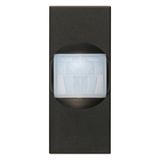
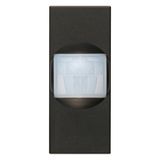
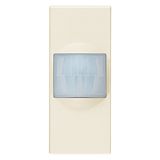

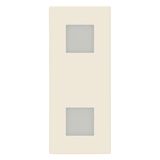
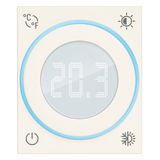
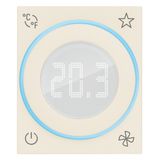

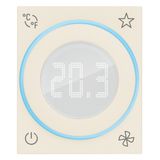
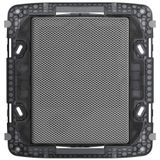
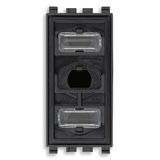

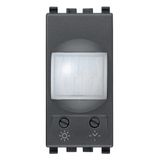
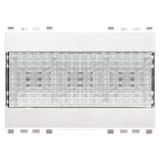
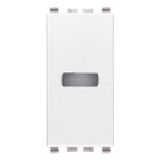
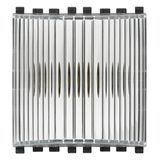


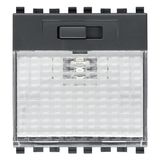
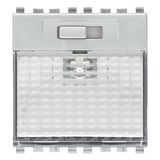
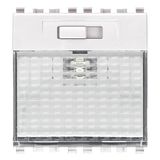

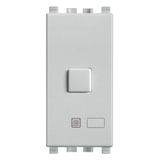
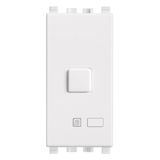
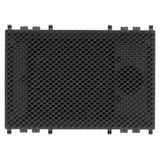
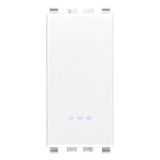

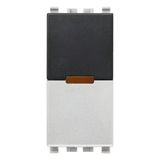



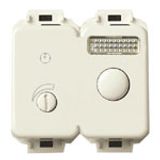

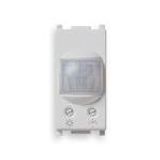
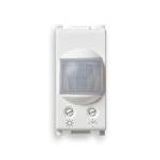

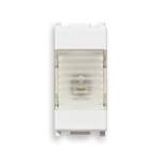
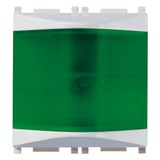
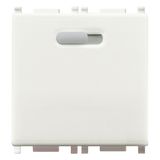
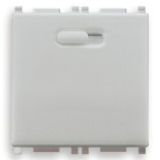
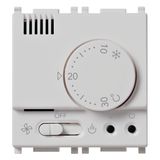
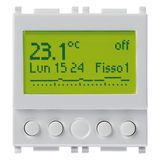
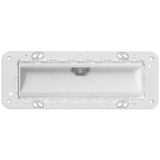
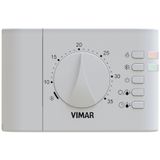
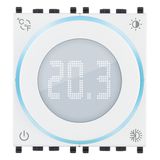

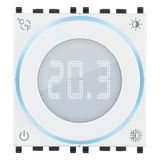
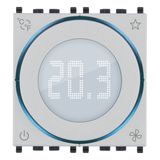


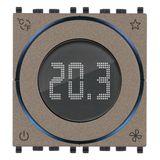
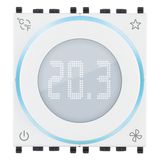



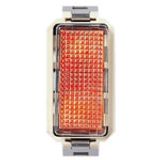
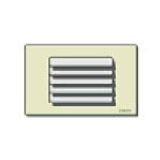
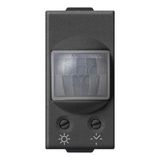
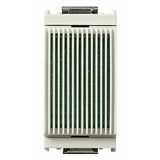
vimar control devices platform and assortment
Under vimar control devices you’ll find panel operators (pushbuttons, selectors, E-stops), pilot lights and buzzers, contact blocks, interface relays, motor/contact modules, and DIN I/O that tie back to KNX or simple dry contacts. Bodies snap to 22/30 mm cutouts or DIN rails; terminals typically accept 0.5…4 mm² Cu with 8–12 mm strip and 0.6–1.2 Nm torque. IP20 applies inside boards; IP65 front ratings are available with sealed heads.
vimar push button switches types and ratings
Momentary NO/NC, double-deck, mushroom momentary, and illuminated versions cover start/acknowledge and call points. Contact elements on vimar push button switches carry AC-15 ratings for control circuits; silver-tin oxide contacts handle inductive blips from relays and small contactors. Lenses come in standard colors with inscription windows for clear IDs.
vimar selector switches functions and interlocks
Two- and three-position, maintained or spring return, with optional key or padlock fronts for mode control. Shaft/actuator kits let you swap from short to long bezels without changing the contact stack. Spec vimar selector switches by function map (I-0-II, 0-1-0), key code, and required simultaneous or break-before-make logic.
vimar emergency stop buttons safety behavior and approvals
Twist-release or key-release heads, latching to positive-opening contacts, with yellow/black collars and red actuators. Selected models keep IP65 on the front and hold safety markings to EN ISO 13850/IEC 60947-5-5. Use vimar emergency stop buttons with dual NC blocks for monitored chains and add late-break auxiliaries for status back to the panel label.
vimar control panels enclosures and DIN layout
Small steel or plastic housings take a row of RCBO/MCB, relays, and interface modules with earth/neutral bars ready. Gland plates and door cutouts arrive pre-drilled so devices land square and test points remain reachable. When you specify vimar control panels, note door swing, spare DIN pitch, and label strip type—technicians won’t waste time re-punching sheet metal.
vimar automation devices field I O and motor control
DIN modules cover 4/8/12-channel switching, analog 0–10 V/4–20 mA inputs, blind/shutter drives, and gateways where KNX or simple bus links are required. For fans and pumps, clip-on contactors and overloads complete start/stop stacks. Projects lean on vimar automation devices to keep plant signals and room controls on one list of part codes.
vimar control accessories pilots, buzzers, guards, and labels
LED pilot lights (steady/flash), multi-tone buzzers, contact block spacers, legend plates, guards, and padlock hasps round out the set. Compression gaskets lift fronts to IP65 where washdown or dust is expected. Stock vimar control accessories by color set, voltage (24 V DC, 110/230 V AC), and legend size so spares drop straight in.
Technical specifications and standards that matter
Supply 230/400 V AC, 50/60 Hz on power circuits; 24 V DC common on coils and indicators. Terminals 0.5…4 mm² Cu; strip 8–12 mm; torque 0.6–1.2 Nm unless device label states otherwise. Front ingress IP40–IP65 per head; panel interiors IP20. Control components to IEC/EN 60947-5-1; E-stops to 60947-5-5/ISO 13850; enclosures to EN 62208/IEC 60529 for IP; EMC per EN 61000 family. Keep SELV/mains segregation and 360° shield bonds at gland plates where analog runs near drives.
Applications and compatibility
• AHUs and pump rooms: start/stop, fault reset, mode selectors, alarm pilots, DIN I/O to supervisors.
• Gates and shutters: interlocked UP/DOWN with key selectors and beacon outputs.
• Rooms and corridors: call/acknowledge, scene selects, and simple indicators that share the same frame line.
All operators and modules align with the brand’s boxes, trunking, and device supports, so cutouts, pitch, and label windows remain consistent.
Selection checklist for B2B buyers
- Define function map first (start/stop, mode, emergency) and pick operator type and contact stack.
- Lock environment: front IP/IK, cleaning agents, and guard/hasp needs.
- Size electricals: AC-15 ratings, coil voltages, and conductor ranges; document torque and strip lengths.
- Decide on signaling: pilot colors, buzzer SPL, and voltage; plan label wording and size.
- Reserve panel space and spare contacts; list tested interlocks and release types for the safety chain.
How Bankoflamps handles control gear orders without friction
Bankoflamps works to your commissioning windows: you receive pricing tailored to the job, fast quote turnarounds by EAN/MPN, and live EU stock visibility before you schedule crews. The portal gives current lead times, shipment tracking, and downloadable price files with validity dates you can plan against. Trusted clients can operate with post-payment up to 30 days. Deliveries are consolidated so heads, contact blocks, enclosures, relays, labels, guards, and gaskets arrive kitted by area, and an account manager checks device functions, IP needs, coil voltages, shield/segregation notes, and labeling against your documents—keeping consignments ready for immediate use across France, the Baltics, Germany, Spain, Italy, Belgium, and the Netherlands.